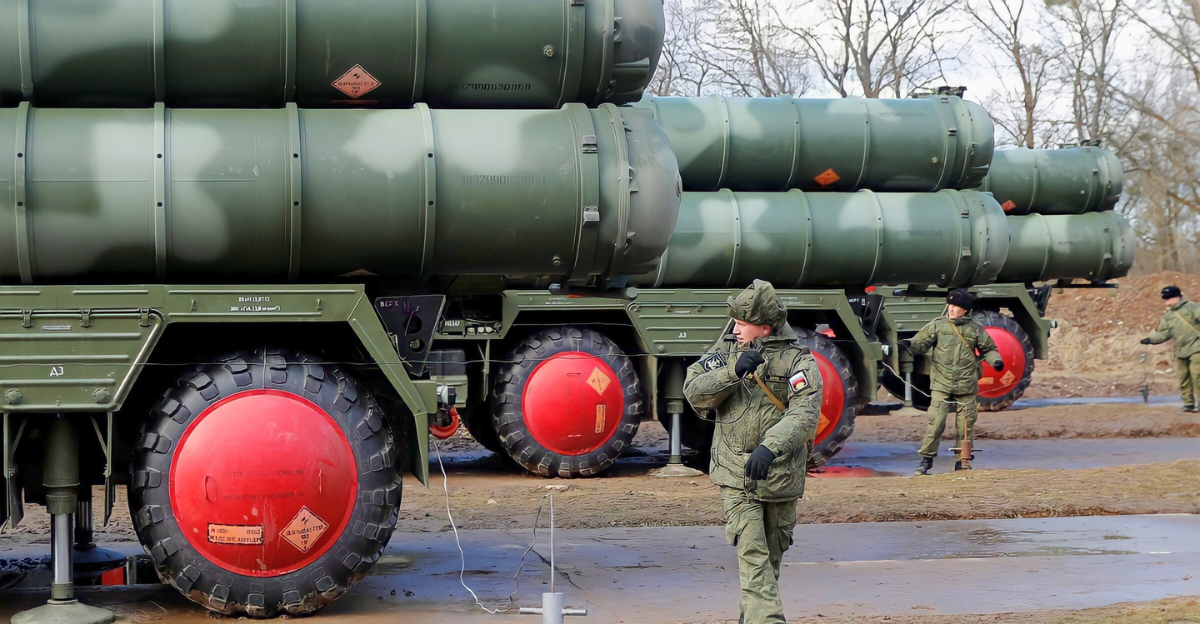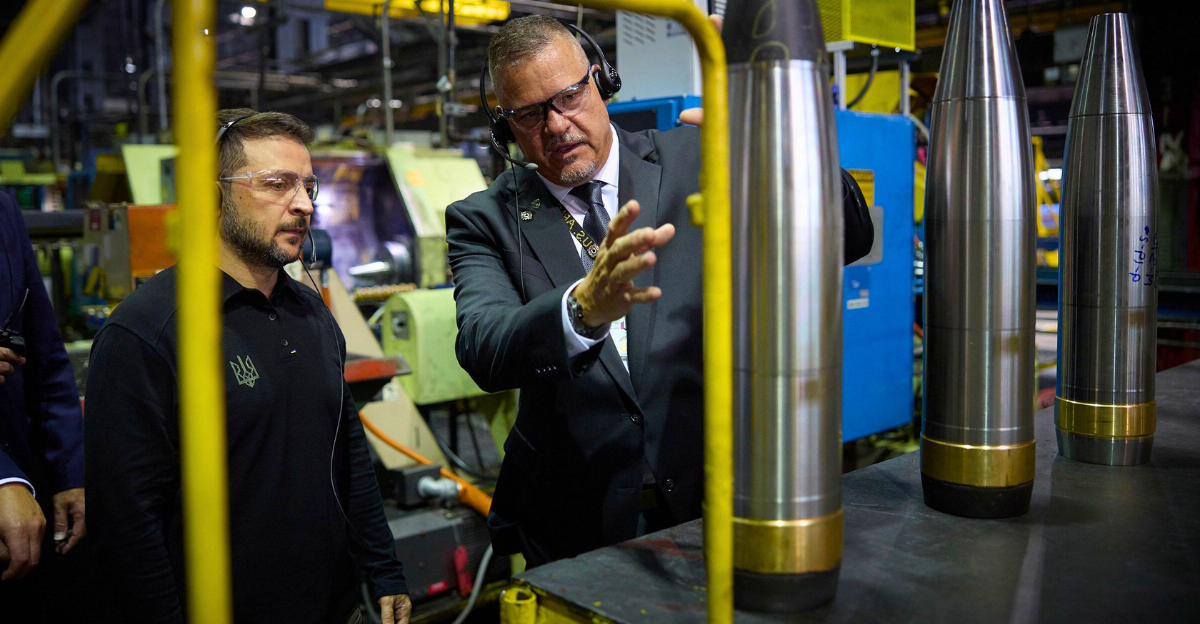
The war in Ukraine has been a long and drawn-out conflict, measuring both nations’ resilience and innovation. Ukraine has quietly transformed itself into a frontline arms workshop to boost cruise-missile output.
The surge means Ukrainian troops now fire domestically built missiles every few weeks, shrinking their dependence on Western allies and giving commanders a steadier pipeline of precision weapons.
A New Generation of Missiles
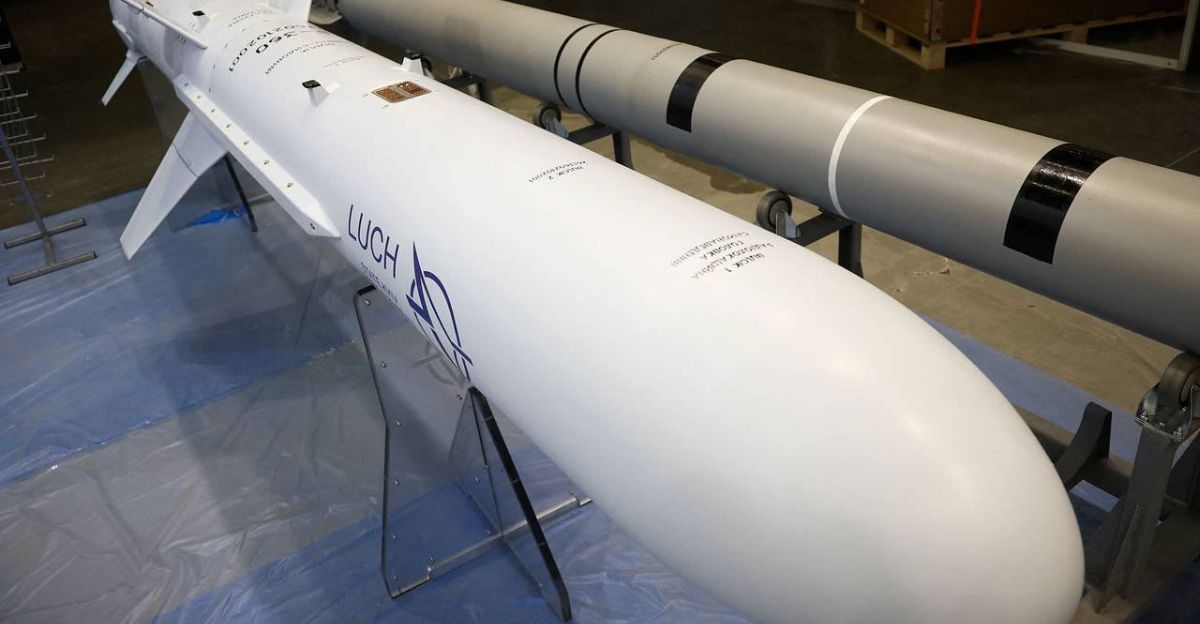
Ukraine has developed a new generation of missiles that are a cut above the rest. These missiles are part of the Neptune cruise missile family. According Deutsche Welle (Germany’s state-funded, international public-service broadcaster) the baseline R-360 version entered service in 2021 and famously sank the Russian cruiser Moskva in April 2022.
Engineers have since stretched the airframe to create the “Long Neptune,” which Forbes says has allowed the ordnance to hit land targets 1,000 km away—roughly the distance from Kyiv to Moscow.
How Big Is the Surge?
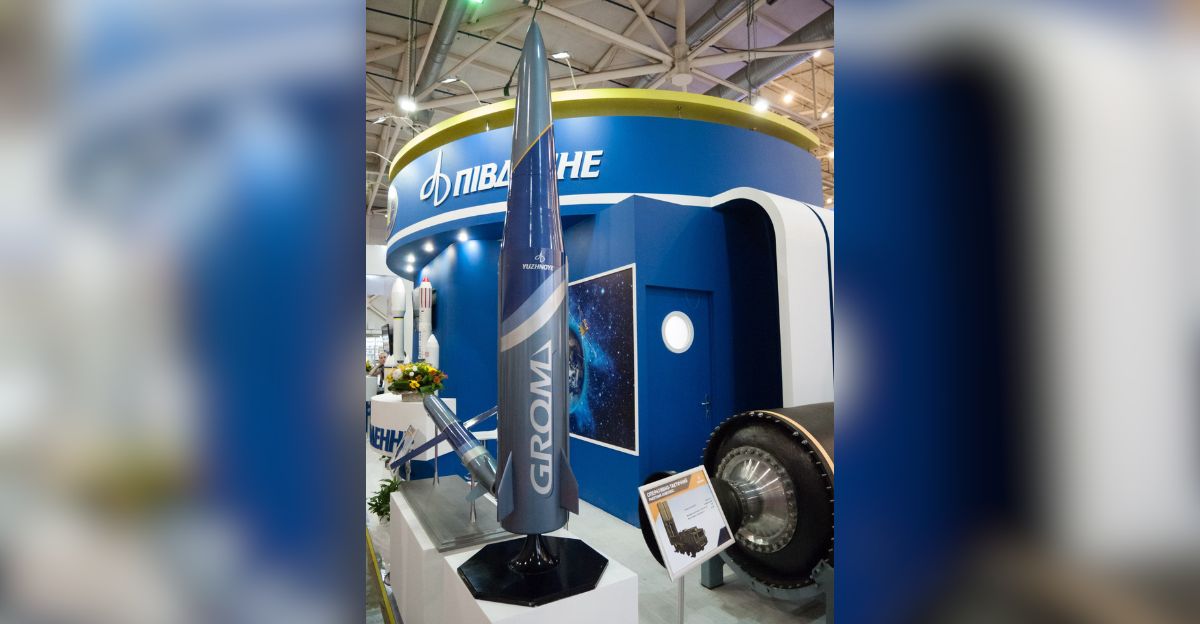
Government budget papers, cited by Euromaidan Press on 12 April 2025, show Ukraine’s defense plants booked about $9 billion in sales last year and aim to quadruple that figure to $35 billion by December 2025.
Smetanin told the Kyiv Independent that cruise-missile output multiplied by eight, while long-range drone production rose 22-fold versus 2022.
Neptune’s Rise to Fame
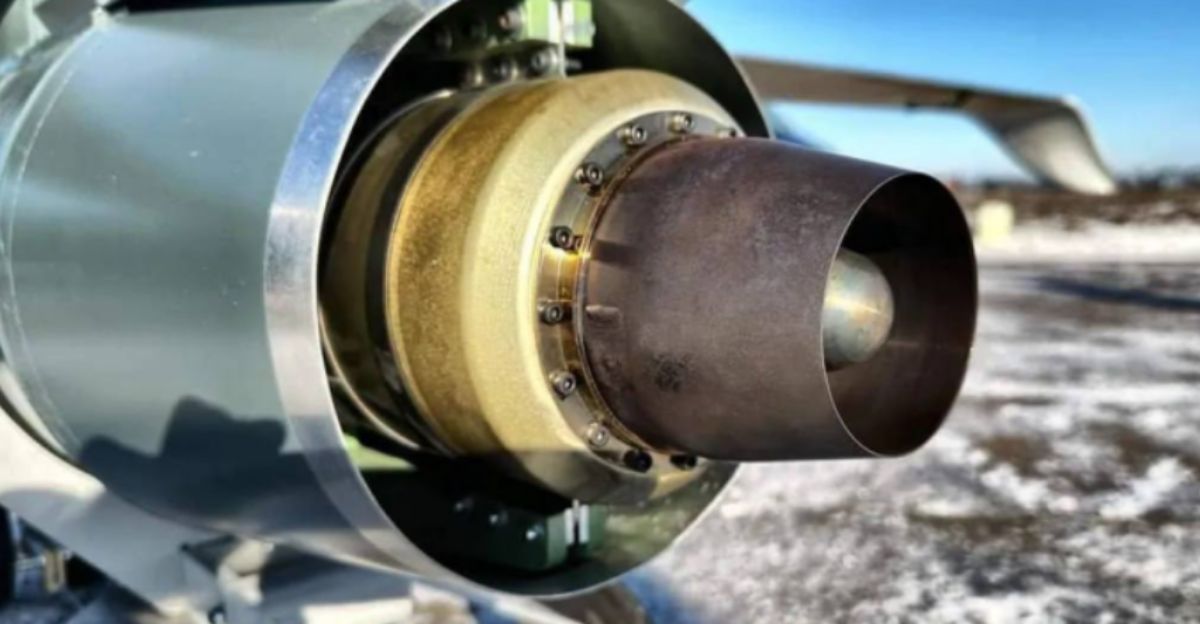
The original Neptune was based on the Soviet Kh-35 but with added Ukrainian electronics. Deutsche Welle notes that it weighs about 870 kg, carries a 150 kg warhead, and skims the sea at just 3-10 m altitude, allowing it to hide within radar clutter.
Its spectacular debut came when two rounds struck the Moskva, proving that a home-grown missile could neutralize Russia’s flagship and galvanize further R&D. With the “long-Neptune” missile, Ukraine can target assets from further away.
Long Neptune’s First Combat Test

President Volodymyr Zelenskyy announced on 15 March 2025 that a Long Neptune “hit its target at a distance of 1,000 kilometres,” Euromaidan Press reported.
Forbes and other outlets linked the strike to damage at Russia’s Tuapse oil refinery, a critical asset for Russia. The damage at the refinery cut national refining output by about 10 percent for the month.
Why “Unkillable” Isn’t Just Hype
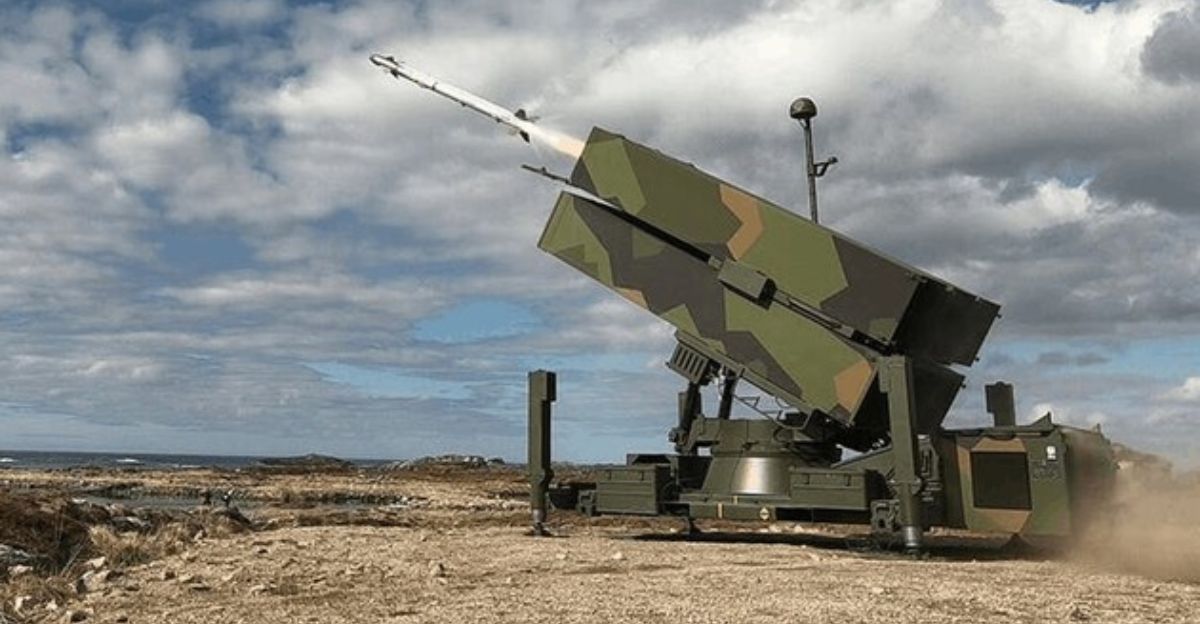
Breaking Defense explains that Neptune flies below 15 meters for most of its trip and dives to 3–4 in the final seconds, activating its radar only moments before impact.
A modified Neptune destroyed an S-400 battery in Crimea in August 2023, bypassing the primary radar and nearby Pantsir guns, which failed to react in time. This success in the past has fueled Kyiv’s “hard-kill resistant” marketing pitch. While some Air-defense experts say U.S. Patriots could intercept such a missile, Russia’s mixed SAM belts have struggled.
From Soviet Legacy to Rapid Prototyping
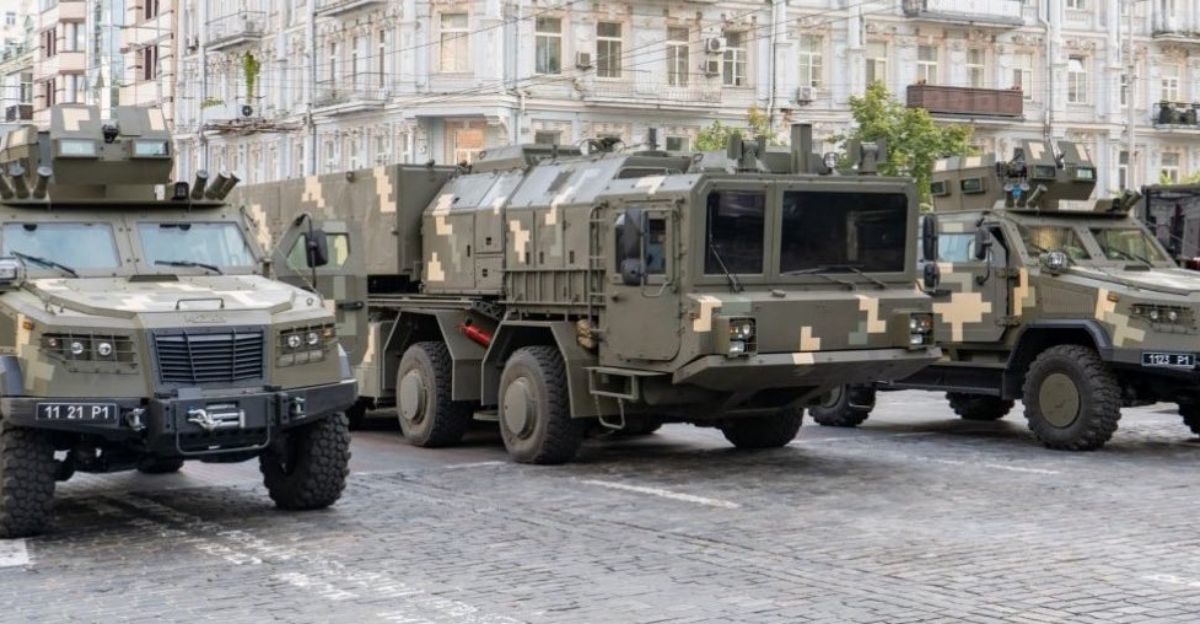
After the fall of the Soviet Union in 1991, Ukraine inherited roughly 30 percent of its arms. However, most plants languished until Moscow annexed Crimea in 2014. Since then, private firms have joined the once-state-dominated sector, reducing design-to-deployment cycles to as few as 18 months.
Bloomberg recently quoted Presidential advisor Oleksandr Kamyshin calling weapons production “Ukraine’s oil,” underscoring how defense output now drives battlefield resilience and economic growth.
Foreign Partners Open New Lines
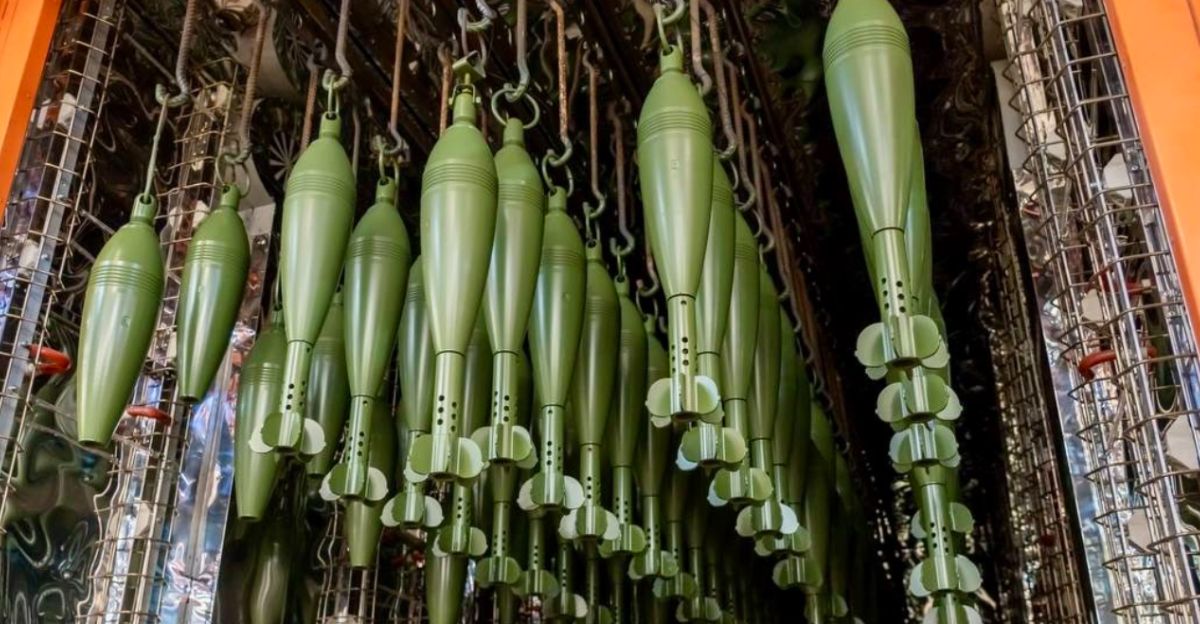
The Stockholm International Peace Research Institute (SIPRI) reported on 21 February 2025 that an EU Council decision freed €1 billion from frozen Russian assets to co-finance missile assembly halls.
Meanwhile, German giant Rheinmetall and Britain’s BAE are building four joint plants in Ukraine, further increasing efficiency.
A Model for Modern Arms Procurement
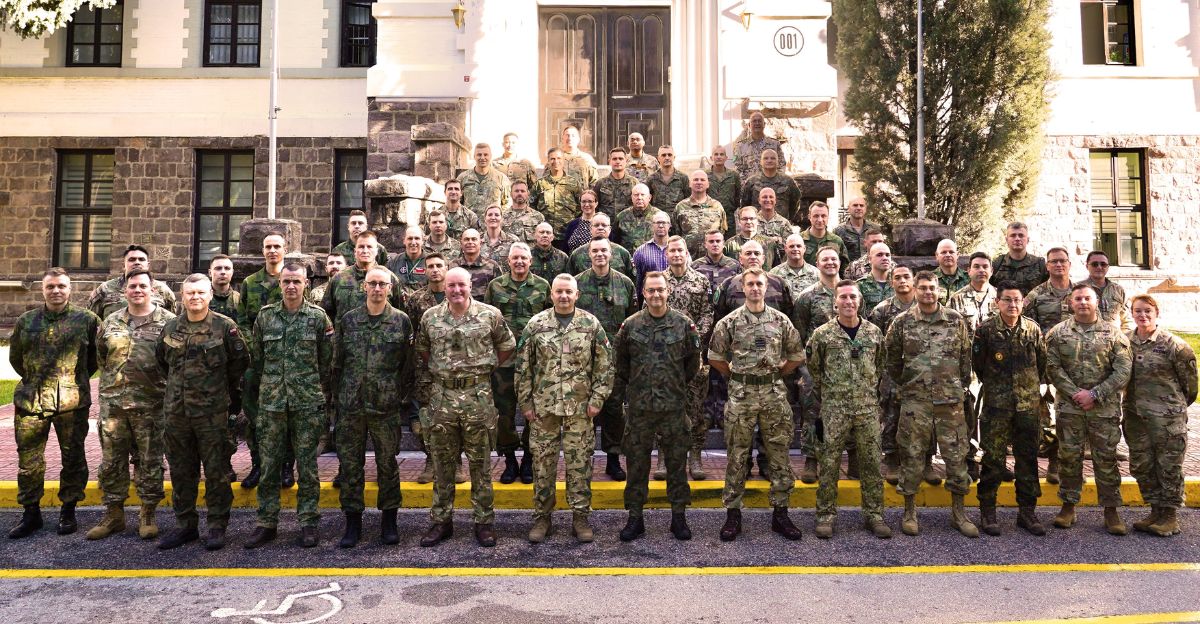
Business Insider says NATO planners are studying Ukraine’s “frontline lab” approach, where soldiers test prototypes within weeks and feed data back to engineers.
Hudson Institute analyst Bryan Clark reported that Ukraine’s modular designs, which focus on smaller, faster suppliers, could reshape global arms markets.
What Happens Next?
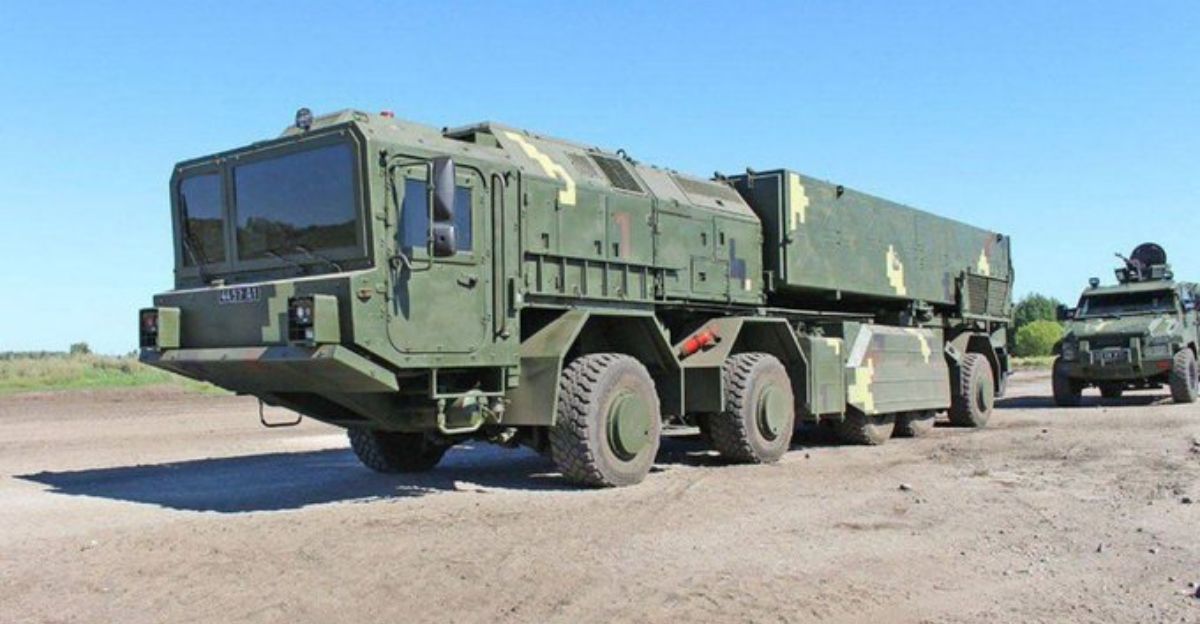
Zelenskyy is clear: Reuters reported on 16 July 2025 that he wants half of all frontline munitions locally produced by the end of 2025. To achieve these projections, $20 billion more in financing and hardened factories that can survive Russian strikes will be needed.
The foreign investment gained by putting everything into the war effort could backfire if a cease-fire is achieved. However, strategists argue that a robust domestic arsenal strengthens Kyiv’s leverage in peace talks. Either way, with the development of these missiles, Russia needs to assume that its rear-area depots will stay under a Ukrainian missile crosshair for the foreseeable future.

